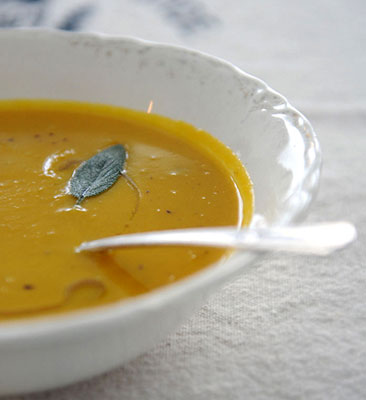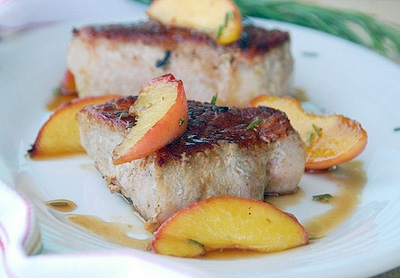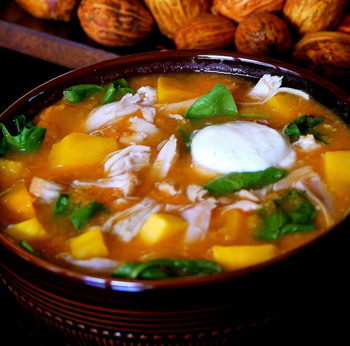 When the pole bean trellis blew down for the second time, we left it. Granted, we were a bit annoyed at the pole beans. They took a lifetime to germinate and what seemed like eternity to start yielding. Meanwhile the bush beans were churning out lovely filet beans by the pound every day. We would have ignored the pole beans altogether except for this nagging voice I had in my head, “Pole beans are better than bush beans.” I grew up with this voice. My father’s.
When the pole bean trellis blew down for the second time, we left it. Granted, we were a bit annoyed at the pole beans. They took a lifetime to germinate and what seemed like eternity to start yielding. Meanwhile the bush beans were churning out lovely filet beans by the pound every day. We would have ignored the pole beans altogether except for this nagging voice I had in my head, “Pole beans are better than bush beans.” I grew up with this voice. My father’s.
My father and his mother (my grandmother Honey, who “put up” pole beans at the end of every summer) were always carrying on about the superiority of “pole beans” over bush beans. (Pole beans are green bean varieties like Kentucky Wonder that grow on vines as long as 12 feet, therefore needing support in the form of poles or some other trellising.) I needed to find out the truth for myself, as it seemed to me that our bush beans (a variety from FedCo called Beananza) were pretty darn tasty—and oh-so-lovely to look at, too. The pole beans looked kind of gnarled up and blotchy the minute they appeared on the scene.

 There is magic in these fields we have - the kind of magic that store bought soil or fertilizer cannot bring about. It's a magic that I can only be a part of in the smallest of ways and then the rest is up to the sun, moon and stars. When we moved here, there were scrubby weeds that had grown taller than my husbands face and not an ounce of decent soil existed beneath them, but as the rains have given us grass, the cows have provided rich manure and so the circle of restoring our land began.
There is magic in these fields we have - the kind of magic that store bought soil or fertilizer cannot bring about. It's a magic that I can only be a part of in the smallest of ways and then the rest is up to the sun, moon and stars. When we moved here, there were scrubby weeds that had grown taller than my husbands face and not an ounce of decent soil existed beneath them, but as the rains have given us grass, the cows have provided rich manure and so the circle of restoring our land began. I like foods that add a touch of luxury, where a little goes a long way. I'm thinking of things like caviar, smoked fish, truffles, whipped cream, chocolate. Nuts fall into that category for me too, maybe it's their association with the holidays or with desserts like cakes and cookies. Or maybe it's because they are so rich.
I like foods that add a touch of luxury, where a little goes a long way. I'm thinking of things like caviar, smoked fish, truffles, whipped cream, chocolate. Nuts fall into that category for me too, maybe it's their association with the holidays or with desserts like cakes and cookies. Or maybe it's because they are so rich.  I have always associated peaches with July and August. That is until a few years ago when I discovered the most succulent peaches I ever tasted -- in September.
I have always associated peaches with July and August. That is until a few years ago when I discovered the most succulent peaches I ever tasted -- in September. Beets are like paint bombs. Deliciously sweet, red, flavored paint bombs, so intensely colored they stain your fingers, bleed into the sink, tint the cutting board, you name it. When cooked, they aren't so much red as deep magenta. When mixed with sour cream they turn paler shades of magenta to pink. The color, like the flavor is either something you love or you hate.
Beets are like paint bombs. Deliciously sweet, red, flavored paint bombs, so intensely colored they stain your fingers, bleed into the sink, tint the cutting board, you name it. When cooked, they aren't so much red as deep magenta. When mixed with sour cream they turn paler shades of magenta to pink. The color, like the flavor is either something you love or you hate.